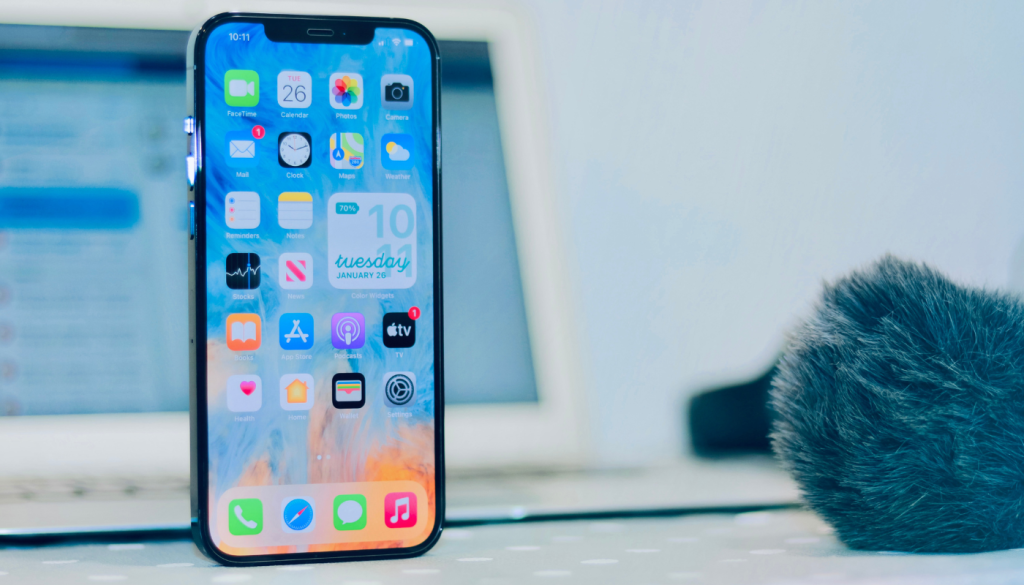
When Bitcoin first burst onto the scene back in 2009, mining was a relatively cheap and easy endeavor. You simply downloaded the relevant software onto your computer, followed the instructions to set it up and hit the button to start – and in no time at all your PC would start raking in freshly minted Bitcoins.
Back then it was easy to mine BTC because very few people were doing it. Hence, there was no need for expensive computing hardware. These days, with Bitcoin so incredibly popular and valuable, mining is an altogether much more intensive task. Bitcoin’s mining network is so enormous and profitable that the biggest operations consist of entire warehouses stacked full of ASICs, which are dedicated computer chips that aim to solve algorithms for the right to complete the next “block” and earn free BTC for doing so.
While there are occasional, freak exceptions such as this lucky miner who somehow managed to mine a block all by themselves using only a CPU back in January 2022, anyone who tries mining Bitcoin with a PC is unlikely to earn anything at all. However, there are other, potentially profitable cryptocurrencies that can still be mined with lightweight devices.
Mining Crypto With A Mobile Device
It might sound ridiculous, but it’s actually quite possible to mine crypto with something as small as a smartphone. One of the most famous examples of this is Pi Coin, which is a project developed by graduates of Stanford University and claims to be the first cryptocurrency that’s designed to be mined by smartphones.
Getting started with mining Pi Coin is easy too. All that’s required is to download the official application on either an iPhone or an Android device, then hit the right button to begin. Users must check in on the app once every 24 hours to confirm that they still want to continue mining, otherwise the app will shut down. Once the user has started, they can boost their mining rewards by inviting others to join the network. After three days of consecutive mining, users can earn additional rewards by creating what’s known as a “security circle” that helps to protect the network.
An alternative option that’s expected to launch later this year is MetaCoin (MTC), the native cryptocurrency of Metatime’s MetaChain blockchain. MetaChain is based on a novel, bio-inspired MetaAnthill architecture and uses a kind of hybrid “poof-of-meta” consensus mechanism to process transactions on the network.
What’s interesting about its hybrid mining consensus mechanism is that it requires three kinds of miners – MetaMiners, MacroMiners and MicroMiners – who all play different roles in minting new MTC tokens.
The MetaMiners are required to use advanced hardware such as ASICs and GPUs, and are assigned to monitor the network’s traffic and redirecting it to the other miners, based on the amount of incoming transactions. The MacroMiners, who can use normal hardware such as a PC, are tasked with analyzing the hardware on which MetaChain is deployed and ensuring that its software installations are completed and used. Finally, we have MicroMiners, who simply use a mobile device to monitor the density and ping times of nodes, enable fast synchronization of nodes and integrate transactions within the network.
A third option for mobile mining is EAGLE, which is the native cryptocurrency of the Eagle Network. This cryptocurrency is somewhat similar to Pi Coin, with the main difference that users must login to the app every hour to hit the button and confirm they wish to mine coins. Like Pi Coin, it also offers a referral network that makes it possible for users to increase their mining rewards.
One final option for smartphone mining is to sideload a dedicated application such as F-Droid on Android smartphones. However, we should note that F-Droid is not recommended by Google and was removed from the Google Play Store, because it puts the phone’s hardware under immense strain, causing the entire system to slow down noticeably. Also, users should beware that sideloading apps is a risky business, as they could potentially be infected with malware.
Pros & Cons Of Mobile Crypto Mining
The major benefit of using a smartphone to mine cryptocurrency is that anyone can get involved with remarkable ease. It doesn’t even require a high-end smartphone, as even a cheap handset will do the job. Moreover, it’s very easy to set up, as all that’s required is to download the requisite application, hit a few buttons and you’re good to go.
On the downside, we should note that mobile mining is unlikely to make anyone rich. No matter what coin you opt to mine, a device as small as a smartphone simply doesn’t pack enough power to make it a viable source of income.
That said, it might still be beneficial. Consider that Metatime is an extremely ambitious layer-one blockchain project that has only recently launched its testnet. The network’s founders have grandiose plans, with their own exchange platform, block explorer, NFT marketplace, crypto launchpad and even things like tokenized real estate and movies to look forward to. If the project succeeds, the value of MetaCoin will surely increase. So it might just pay to get in early and start mining MTC now.
Pi Coin may also prove itself to be worthwhile in the long run. At the time of writing, CoinMarketCap lists the value of 1 Pi at $25.28. Considering that miners can potentially earn up to 3.6 Pi per day through its rewards accelerators, that’s not a bad little return. The main disadvantage is that Pi, like Metatime, is still a nascent project and its token is not currently listed for sale on any exchange, meaning it cannot be exchanged for fiat yet.
Perhaps the best reason to mine crypto with a smartphone is not to earn a profit, but simply to participate in an exciting, emerging project. By mining tokens, you’ll be processing and validating transactions, playing an important role in powering the network and the applications building on top of it.







